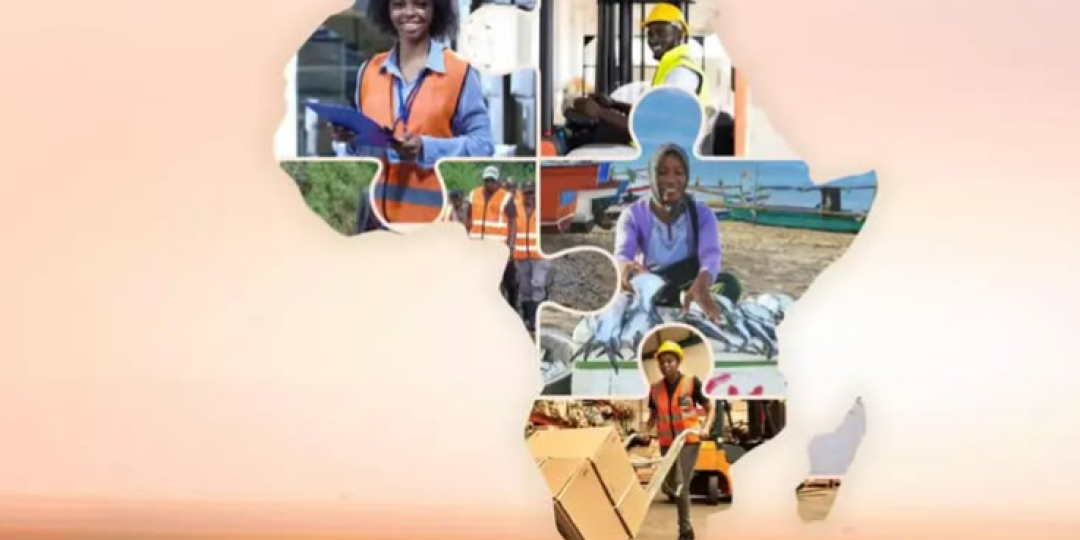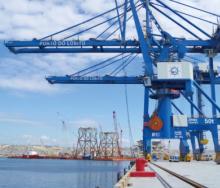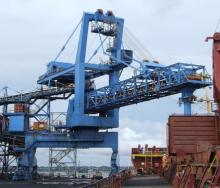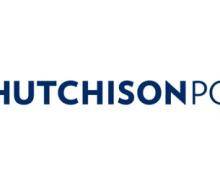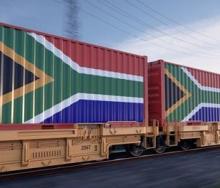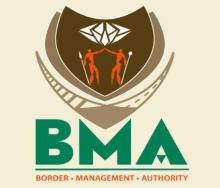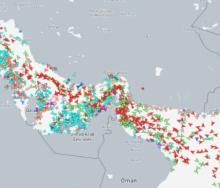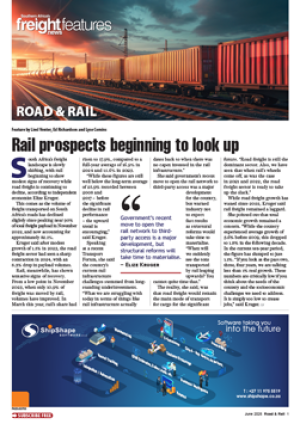The African Continental Free Trade Area could be used as a strategic response to US President Donald Trump’s tariff war as it is a $3.4-trillion market that could potentially be tapped without the need to pay tariffs.
This was the suggestion of Naamsa (The Automotive Business Council) chief economist Paulina Mamogobo speaking to South African automotive industry leaders at the Automechanika CEO breakfast in Johannesburg last week.
The event, themed "The African Connection", was hosted by Messe Frankfurt South Africa at the Centurion Country Club and focused on the major shifts taking place in the global business environment.
“As we navigate shifting trade agreements, tariffs, and international relations, South African automotive businesses are actively seeking new partnerships and market opportunities," Messe Frankfurt managing director, Michael Dehn, told guests.
“The discussions taking place at these events reflect the current trends in the industry. Companies are adapting to rapid change and repositioning themselves within evolving trade frameworks, such as the African Continental Free Trade Area (AfCFTA), African Growth and Opportunity Act (Agoa), and among the Brics countries - Brazil, Russia, India, China and South Africa,” he said.
Mamogobo added that the EU was still the major export destination from South Africa, accounting for over 76% of automotive exports.
Recent US tariff impositions have had a significant impact on the automotive sector, with 25% tariffs now applied to vehicles and vehicle components – implemented in March and May 2025, respectively – alongside a 10% baseline tariff on all imports.
Prior to the implementation of the new regulations, 99% of vehicles and automotive components from South Africa entered the US under Agoa, benefiting from duty-free treatment.
The sector is a key component of South Africa's export economy, with vehicles and parts accounting for 15% of the country's total exports to the United States, South Africa's second-largest export market.
She said the looming US tariffs had already had a rather pre-emptive impact on Q1 2025 numbers as exports to the US reduced from 6% in 2024 to 2% in Q1 2025. However, this reduction was compensated for by other export destinations.
Mamogobo said AfCFTA was a strategic response to these challenges, creating a $3.4-trillion market across 44 African countries by eliminating tariffs and boosting intra-regional trade. However, she noted that infrastructure gaps remained a significant challenge to fully realising this potential.
She said Naamsa would announce further details of the impact of the looming tariffs during its launch of the Automotive Trade Manual on May 15.
S&P Global Market Intelligence head of sub-Saharan Africa economics, Ronel Oberholzer, said the global automotive landscape was further complicated by China's oversupply of vehicles, especially EVs, potentially getting into African markets. She said this would create direct competition for South African manufacturing, while India's low-cost advantage intensified competitive pressures.
She said Brics countries were not necessarily new markets for South African finished goods, but rather a source of further investments into Africa.
Germany Trade and Invest director for Southern Africa, Jenny Tala, said the tariffs imposed by the US effectively nullified the benefits of the African Growth and Opportunity Act (Agoa), and that this posed a threat to South Africa's automotive manufacturing competitiveness.
Tala recommended that businesses diversify export markets by expanding regional and international trade relations.
EY South Africa partner, Duane Newman, said South Africa could potentially benefit from global trade tensions between major automotive markets, particularly in the context of the Trump administration's protectionist policies.
He said the country was poised to experience heightened investment, as multinational manufacturers seek to diversify their production away from Mexico and China.
Newman said the newly reduced focus of the US administration on NEVs (new energy vehicles) could benefit South African manufacturers, who are still mainly producing ICE vehicles.
However, XA Global Trade Advisors CEO, Donald MacKay, cautioned that Africa's automotive industry faced the challenge of navigating infrastructure limitations, including underdeveloped road and rail networks that result in significant transportation costs.
Rail transport, though five times more expensive than water transport, remains half the cost of road freight, highlighting the need for infrastructure investment to support automotive trade across the continent.
For more information about exhibiting or attending Automechanika Johannesburg 2025, visit www.automechanikasa.co.za
